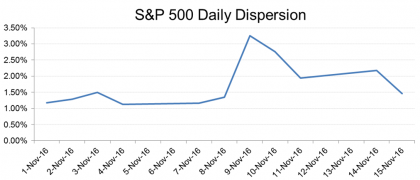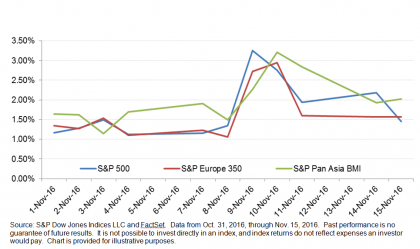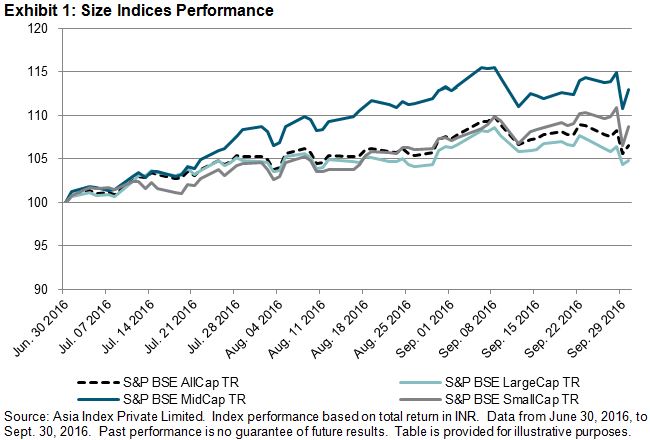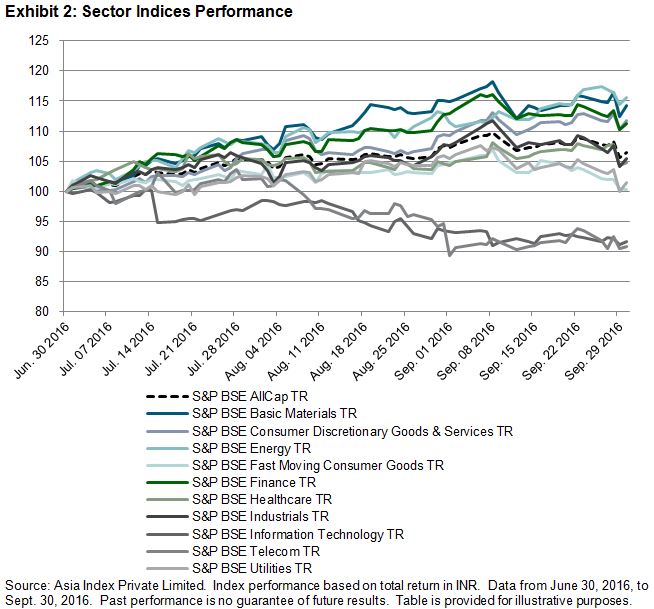MSCI and S&P Dow Jones Indices respect each other, as good rivals should, but we often disagree. We see South Korea as a developed market and MSCI classifies it as emerging; we have 500 companies represented in our leading US index and MSCI has 295; we have our own free float methodology and they have theirs.
However, we agree in at least one respect: in our approach to classifying stocks by sectors and industries. In fact, in this area we are partners. In 1999, together we established a classification system – called the Global Industry Classification Standard (GICS®) – and now we meet regularly to maintain it. How did we get here?
Why We Agreed
It wasn’t a given that MSCI and S&P Dow Jones Indices would work together in this way. As I noted before, we don’t agree on many aspects of index construction. I spoke with Dr. David Blitzer, the head of the S&P 500 Index Committee, who was part of the team that developed GICS, to learn why two rivals decided to link arms. He gave three reasons.
First, the industry was converging to certain best practices. Index providers were watching each other closely. In the game of setting sector and industry classifications, it simply didn’t pay to be an outlier. Though it was difficult to win new business simply because of one’s industry classification system, an index provider could definitely frustrate and potentially lose investors with unconventional classifications.
Second, MSCI and S&P were able to avoid duplicating efforts by collaborating.
Third and most usefully, S&P Dow Jones Indices and MSCI and were able to set a standard that would make U.S. and international markets comparable. This was crucial, particularly in the year GICS launched.
The Euro and GICS
That GICS was established in 1999 wasn’t an accident. Investors were in great need of a standard that would allow them to compare markets across continents. Why? The investment world was both excited and worried about the introduction of the euro.
The euro was far from the only reason S&P Dow Jones Indices and MSCI created GICS, but it did highlight a need. Journals were filled with articles like this one, speculating about how the world would change because of this development. To see what industries in which countries would come out on top, securities had to be grouped in useful, comparable ways. It wasn’t enough to compare company groups within individual regions. They needed to be comparable across regions.
In 1999, S&P Dow Jones Indices – which was just “S&P” then – did not own a full set of international indices. To my knowledge, MSCI did not publish U.S. indices. And because both S&P and MSCI maintained their own industry classification systems, investors were forced to reconcile the differences between the two index families themselves.
When GICS was finally introduced in 1999, a portfolio manager told Dr. Blitzer that he was very happy – he could now go golfing on Thursdays! He had been liberated from the many hours he had spent each week mapping European companies according to the S&P classification system so he could compare the two regions. At last, investors could prepare for big events like the launch of the euro without first reclassifying companies one by one.
A Leading Standard
Both MSCI and S&P Dow Jones Indices now offer equity indices that cover every developed, emerging, and frontier market. If this were the case in 1999 – and if the euro hadn’t come along to put some stress on the investment world – we might not have a single standard across the two major index providers. But that standard is now set and life is easier for everyone because of the Global Industry Classification Standard.
The posts on this blog are opinions, not advice. Please read our Disclaimers.













